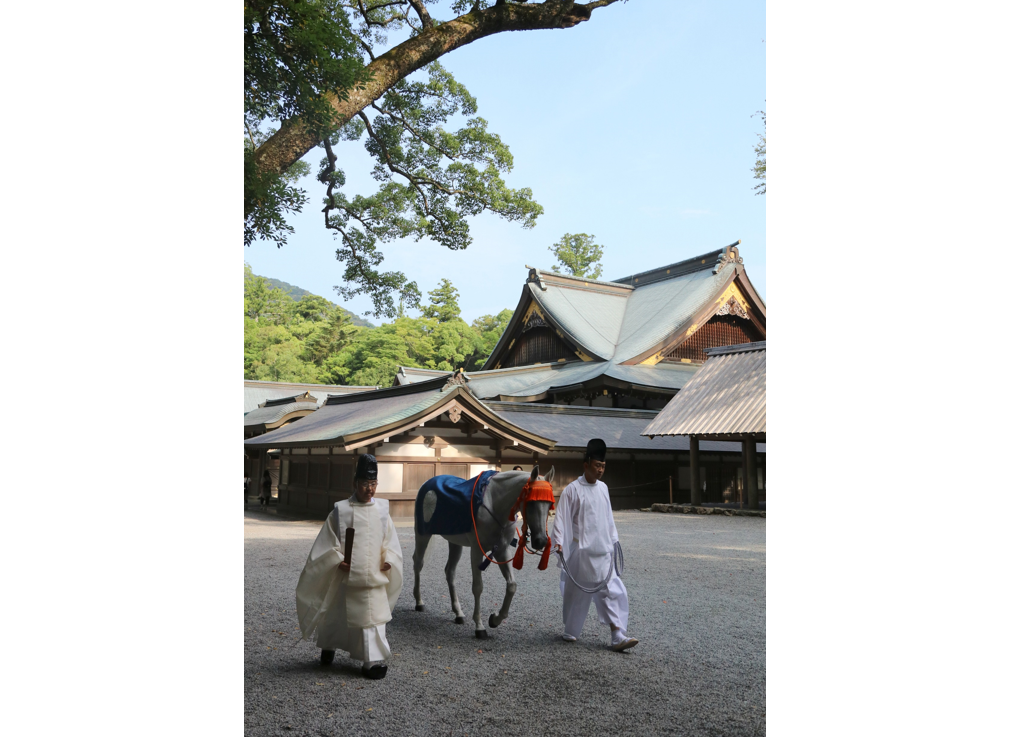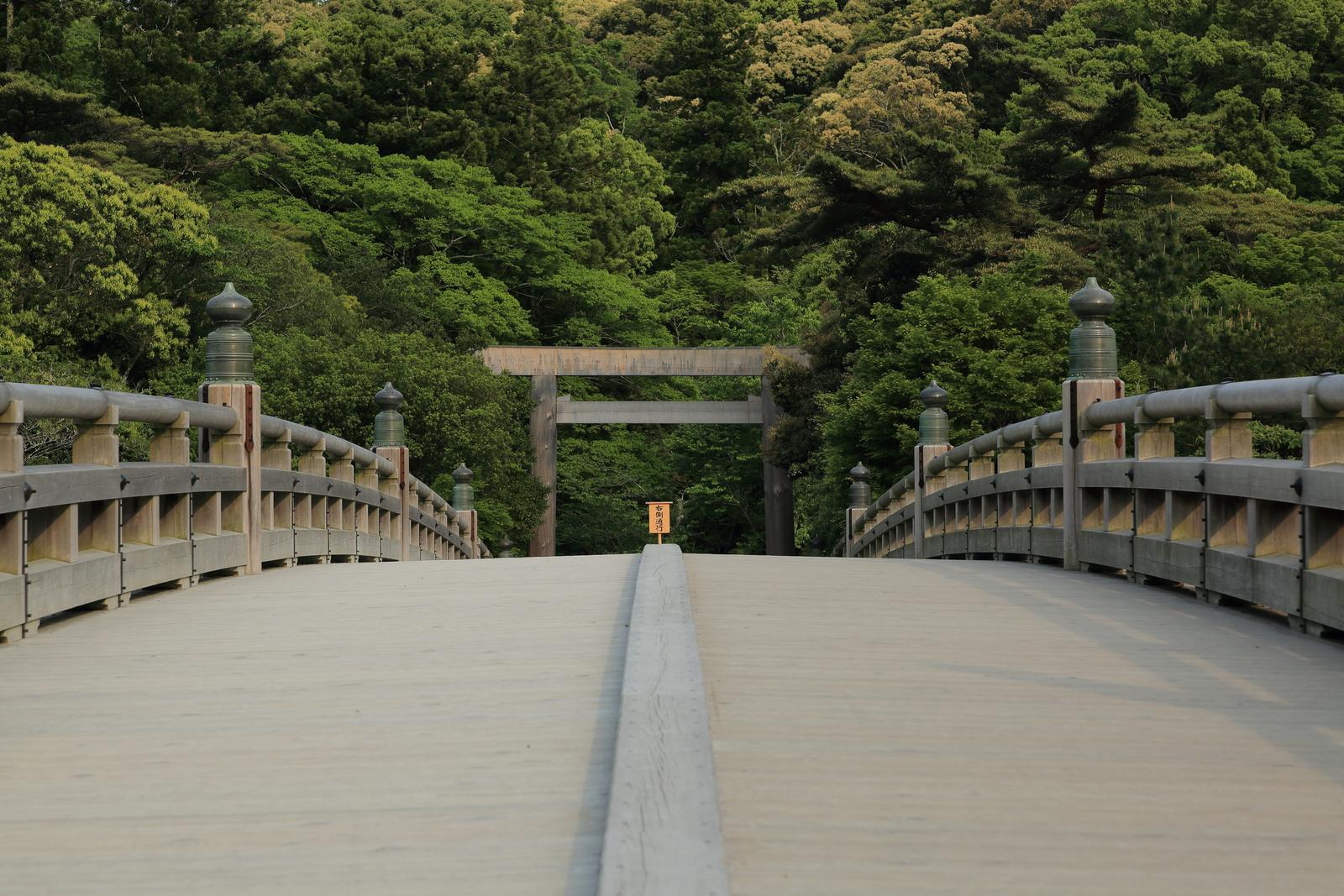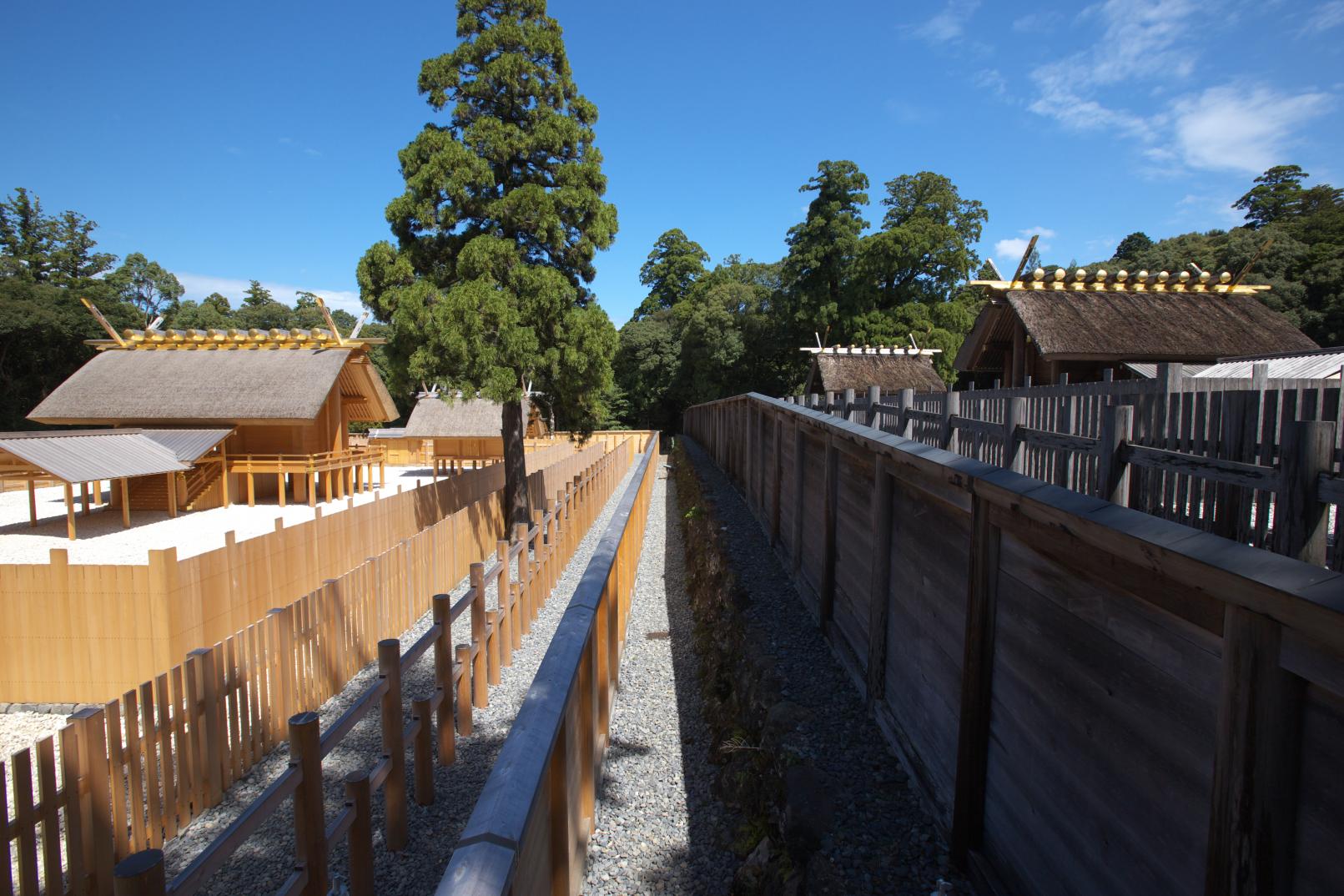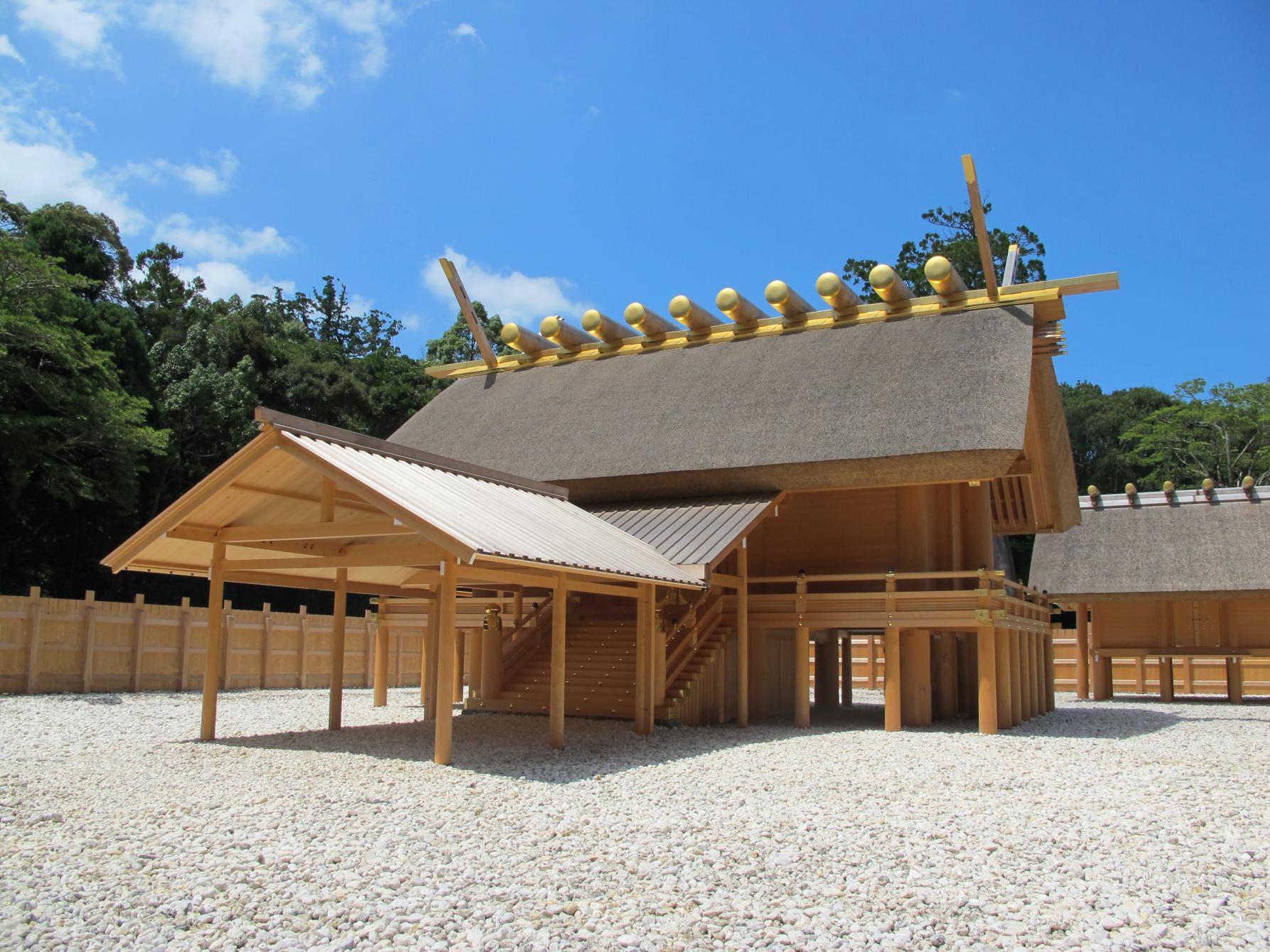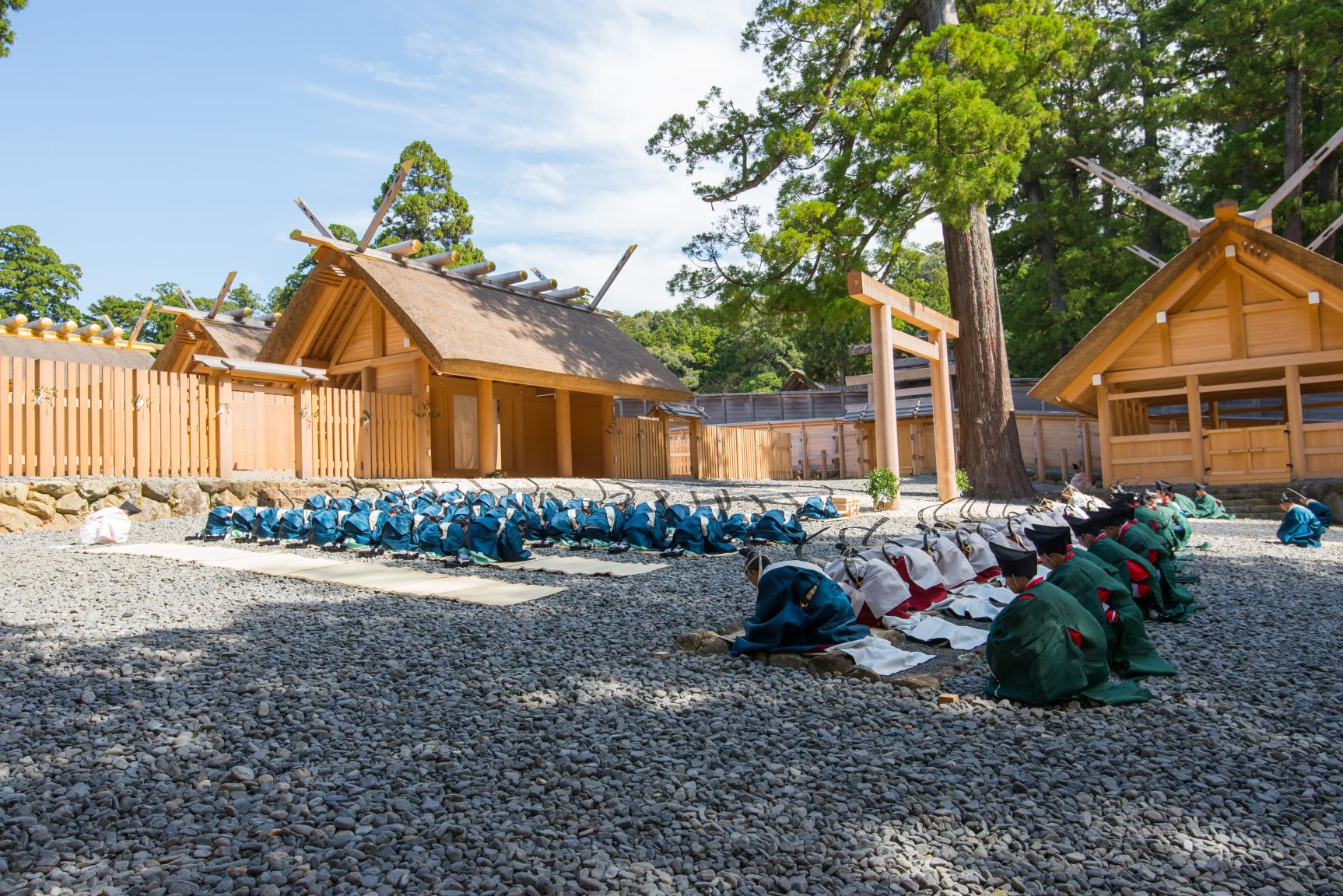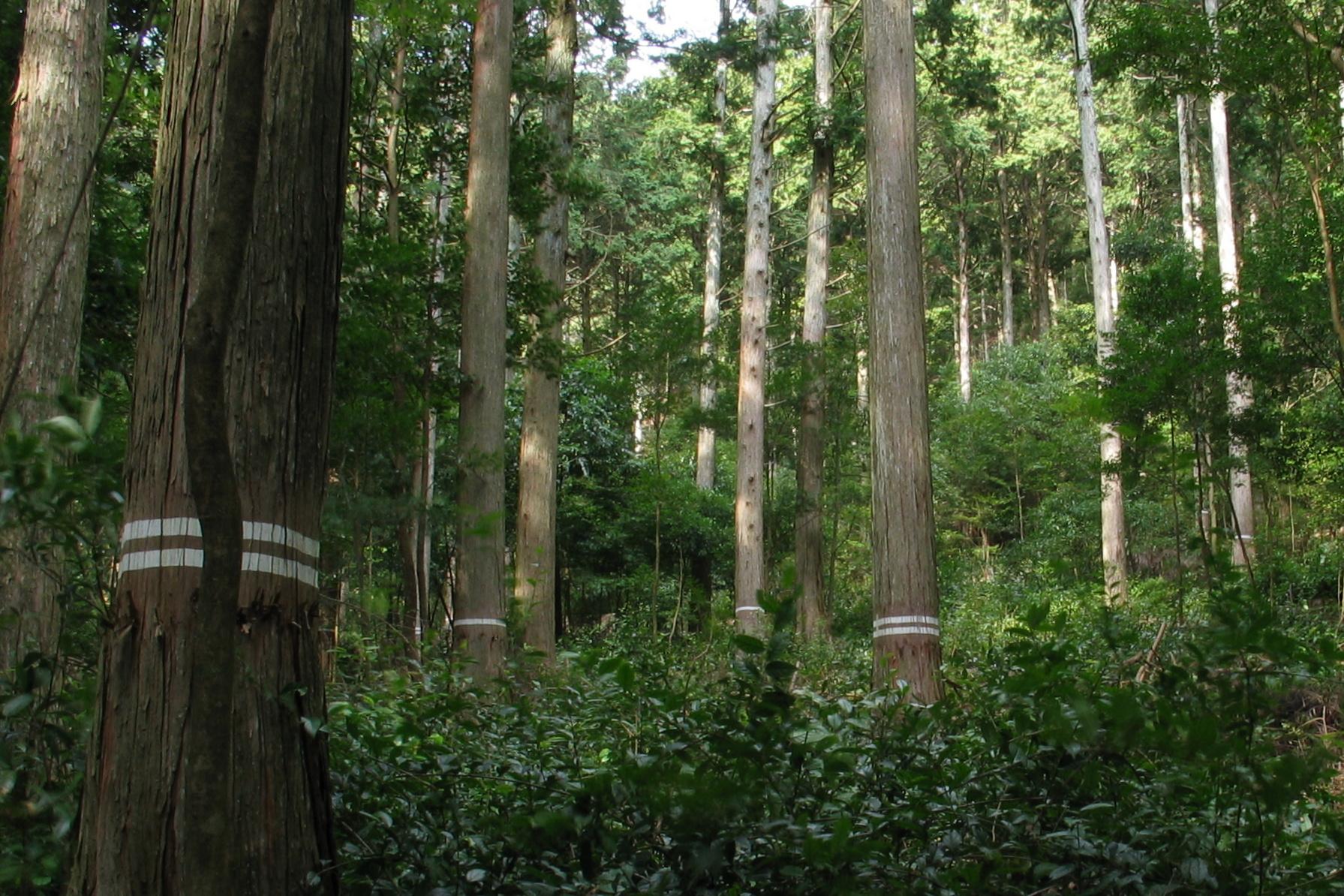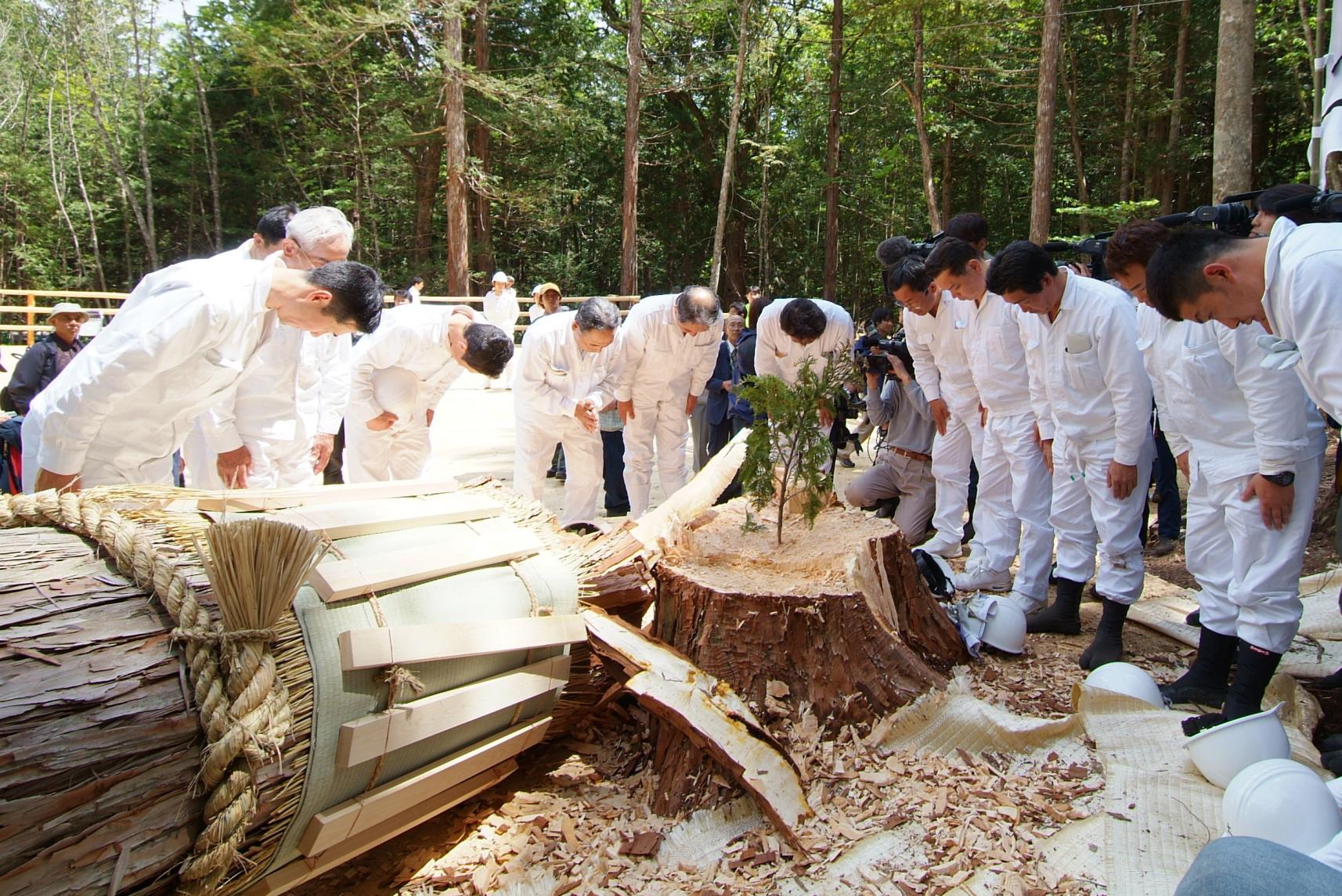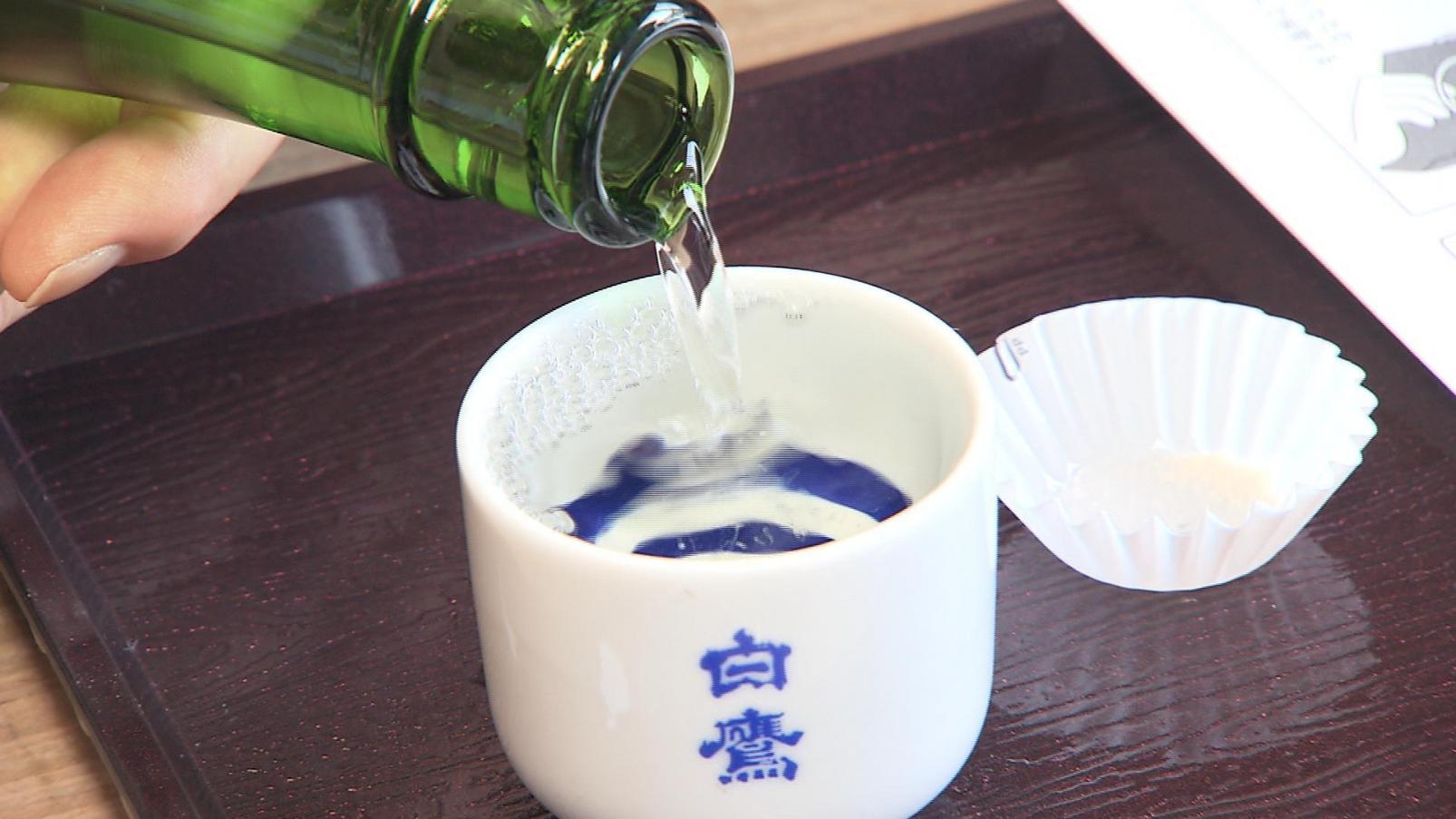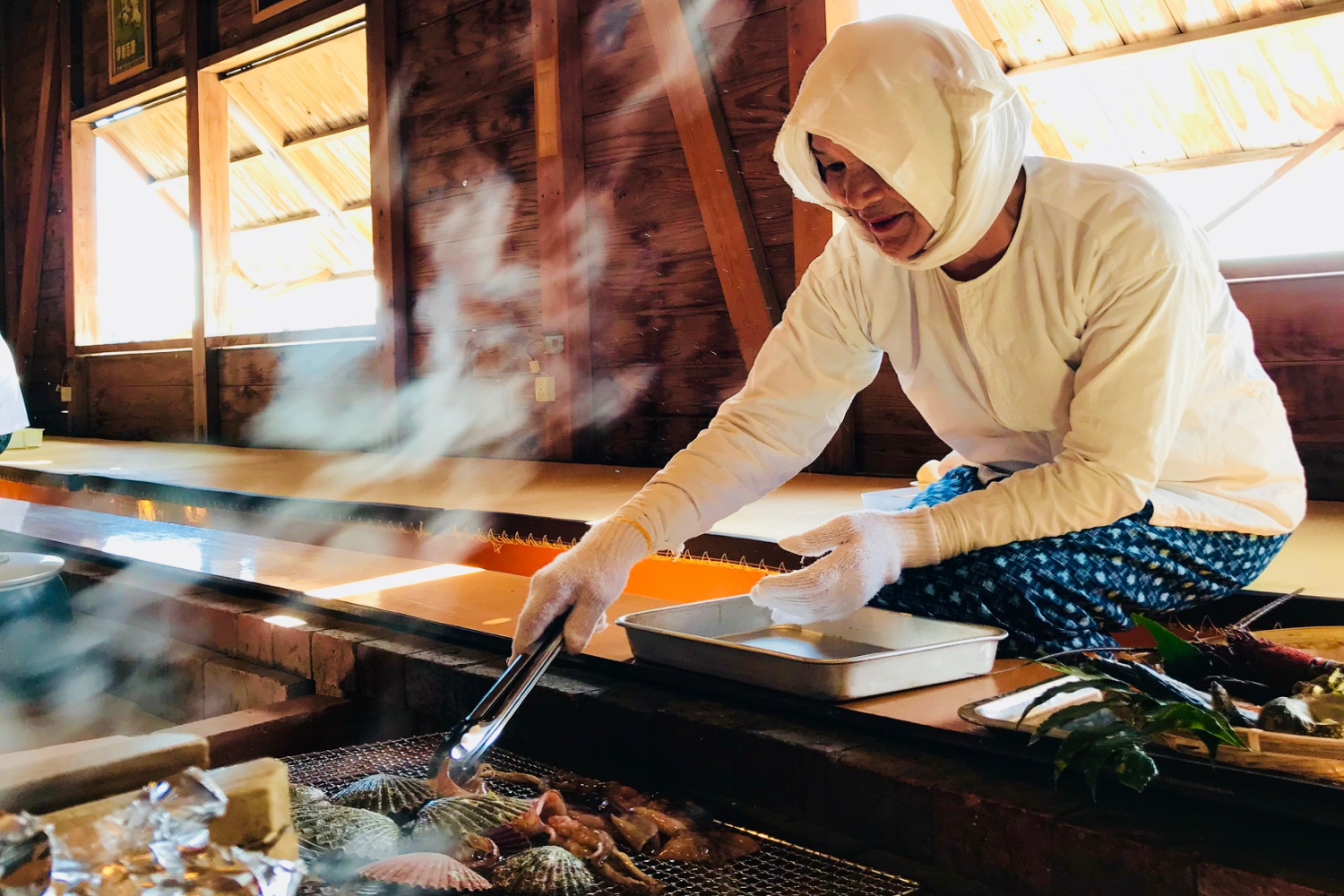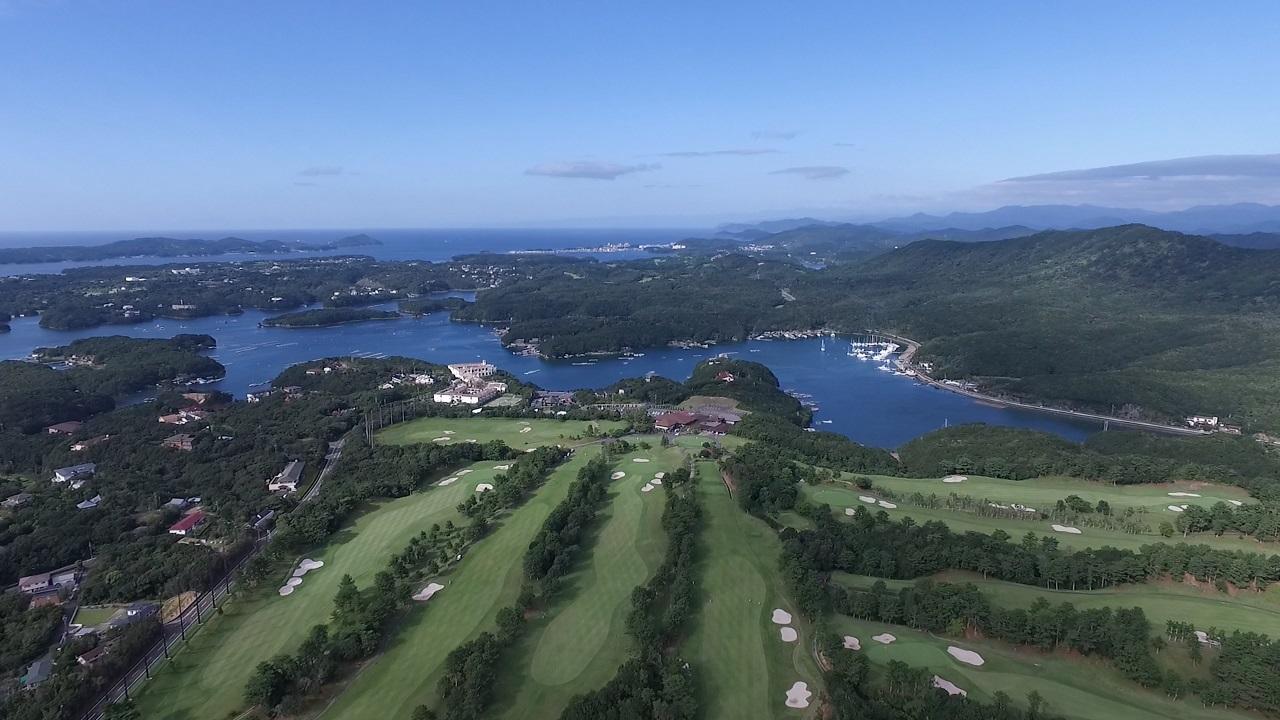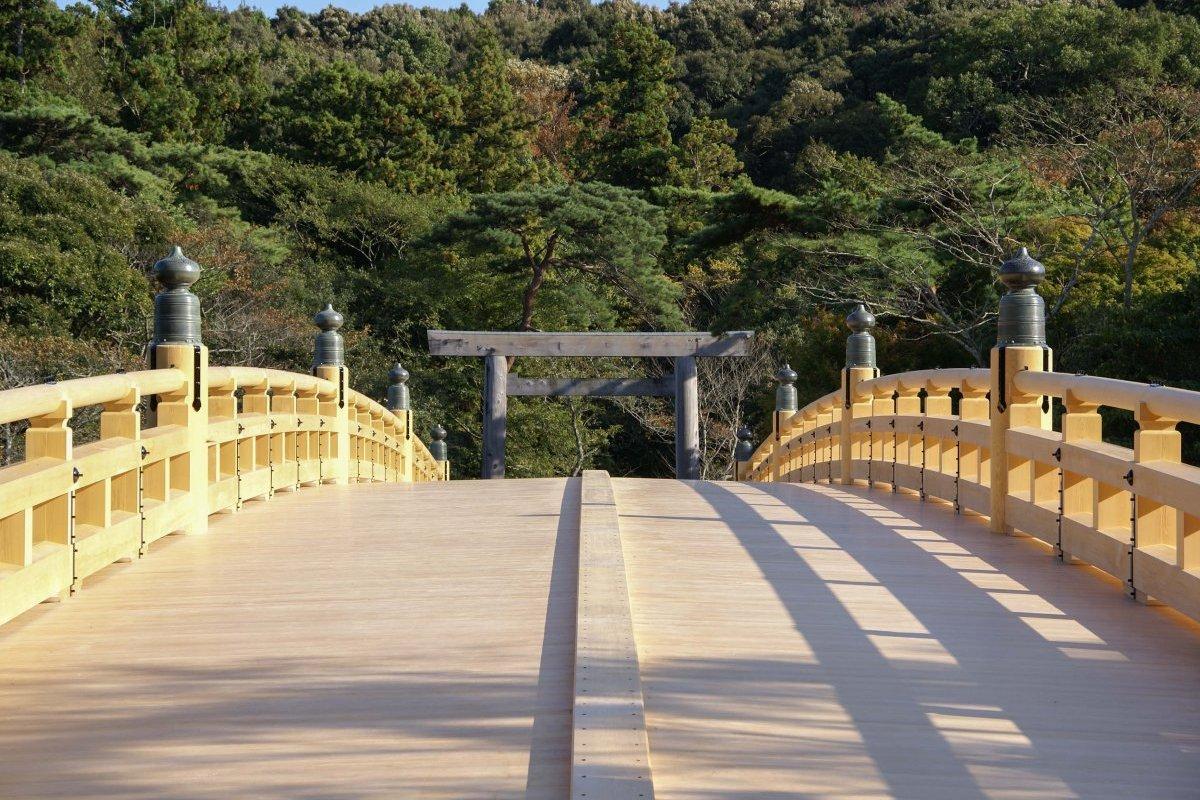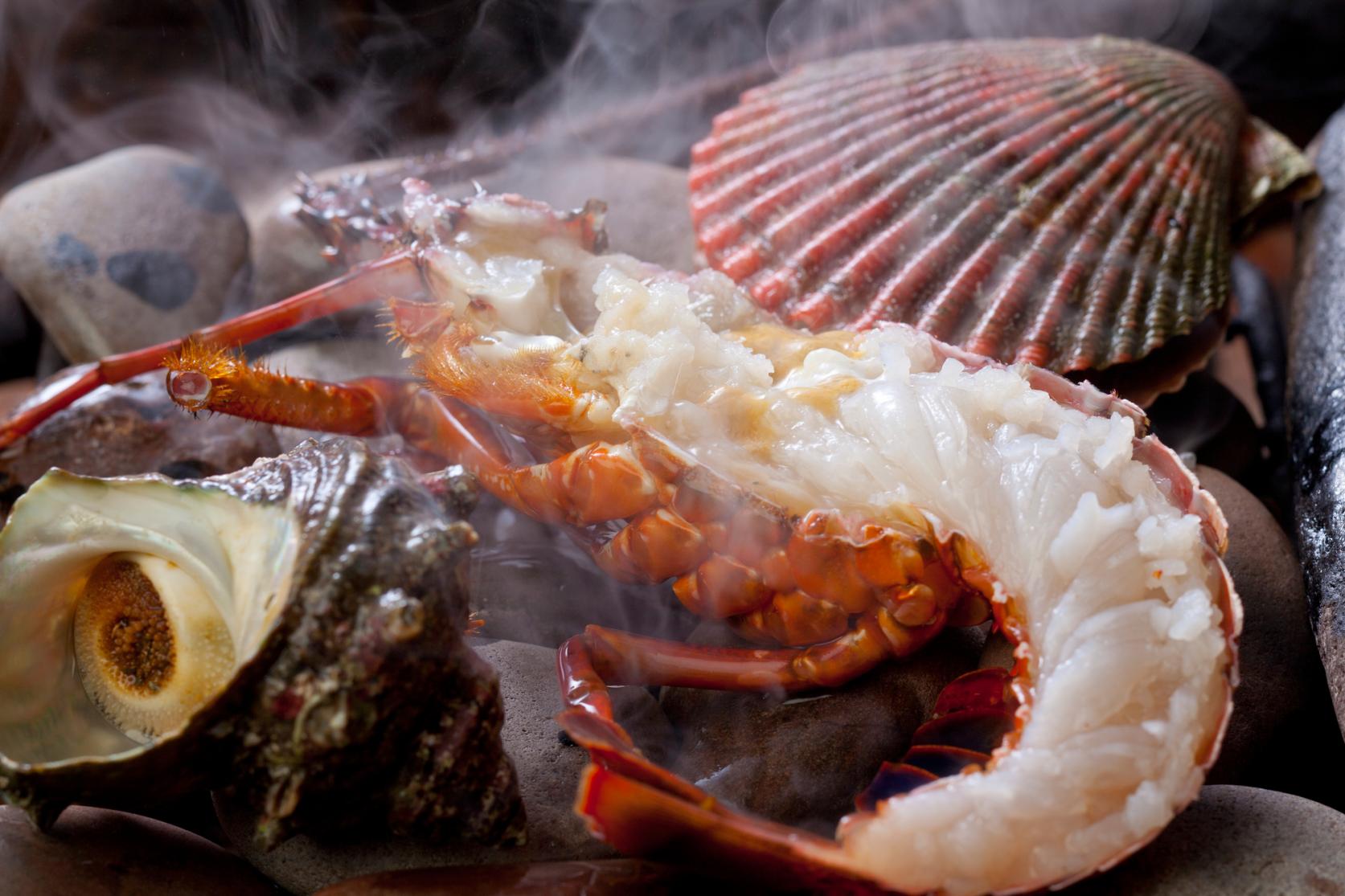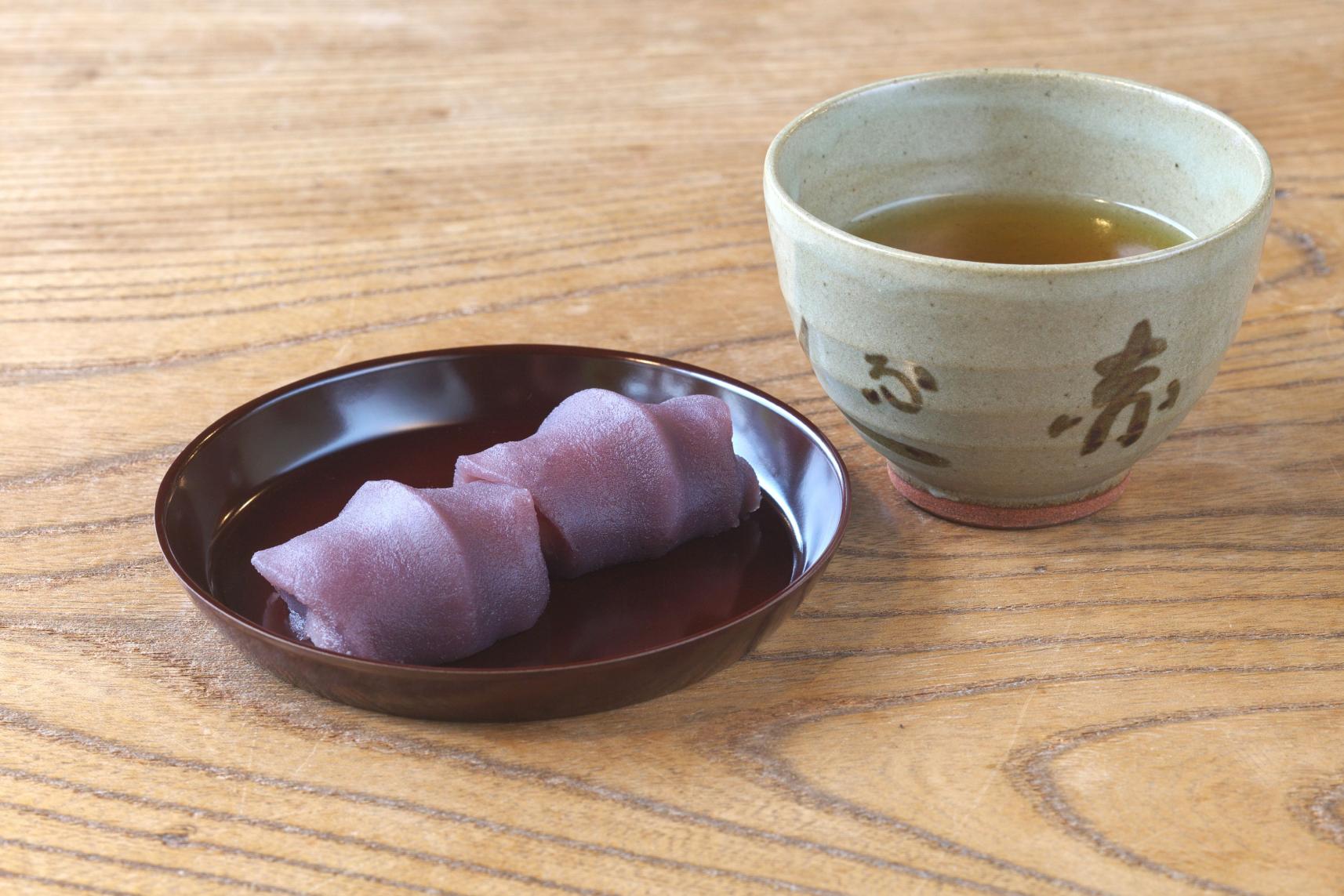We use cookies on this site to enhance your user experience. If you continue to browse, you accept the use of cookies on our site. See our cookies policy for more information.
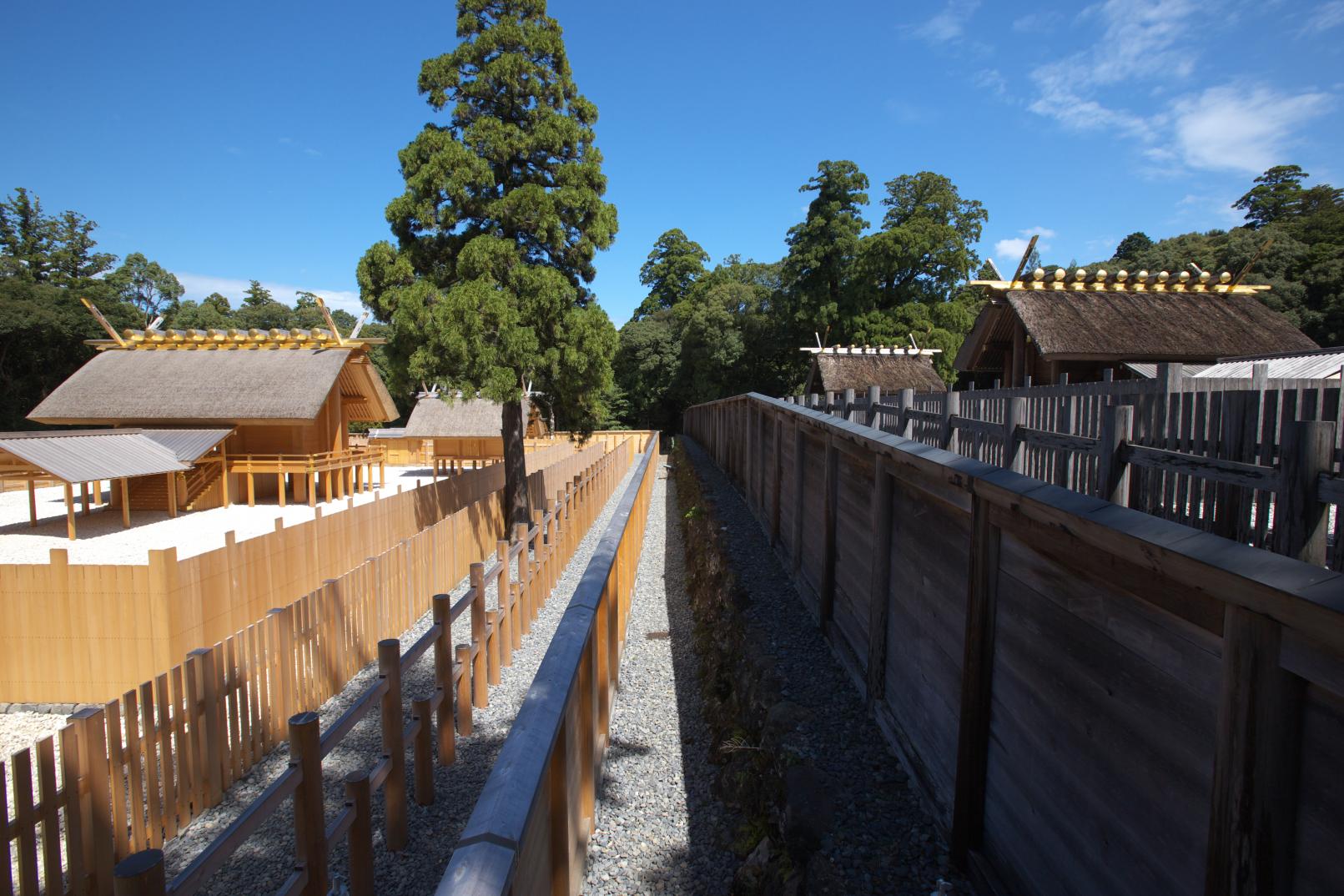
Do you know the most important shrine in Japan, Ise Jingu? Enshrined here is Amaterasu, the ancestor of the Imperial Family, and the most significant deity of Japanese mythology. So revered is the shrine, it is said that "every Japanese person wants to worship here at least once in their lifetime." In this edition, we will look in detail at the largest Shinto ceremony of the more than 1,500 festivals held at Ise Jingu, the Shikinen Sengu.
What sort of place is Ise Jingu?
Ise Jingu has a history going back more than 2,000 years, and it is a sacred site for Japanese people. It has long been a center of worship for Japan’s ancient religion, Shinto.
It is also credited as being the first case of mass tourism in Japan. In the early Edo period (1603-1867), Oise Mairi (pilgrimages on foot to lse) from all points in Japan boomed.
Today, Ise Jingu, the "soul of Japan," is a highly popular destination for foreign tourists as well. This is because it is a key location for understanding the culture, history, and thinking of Japan.
If you would like to know more about Ise Jingu, follow the link below to a collection of relevant articles.
A ritual taking place every 20 years? What exactly is the Shikinen Sengu?
The Shikinen Sengu ceremony dates back to 690 AD and began at the suggestion of the reigning Emperor of Japan. The ritual involves a complete rebuilding of Ise Jingu, including the divine palace, as well as the sacred apparel, furnishings and divine treasures to be placed in the new shrines.
The last Shikinen Sengu in 2013 was the 62nd time it has taken place over more than 1,300 years.
If you think the next ceremony is still a long way off, the following may surprise you.
Shikinen Sengu takes place over nine years
Shikinen Sengu is not a typical festival that takes place over the course of a few days. Its ceremonies are carried out as part of one of the three rites below, over the course of nine years.
・Goshinboku no Omatsuri, the ritual cutting and transportation of the first trees for the new divine palace
・Shaden Kenchiku no Omatsuri, held upon the construction of the new divine palace
・Kami Utsuri no Omatsuri, when divine objects are transported between shrines
The next Shikinen Sengu is scheduled to begin in 2025.
What sort of ceremonies does Shikinen Sengu involve?
Here we will introduce a few of the ceremonies that make up the overall Shikinen Sengu.
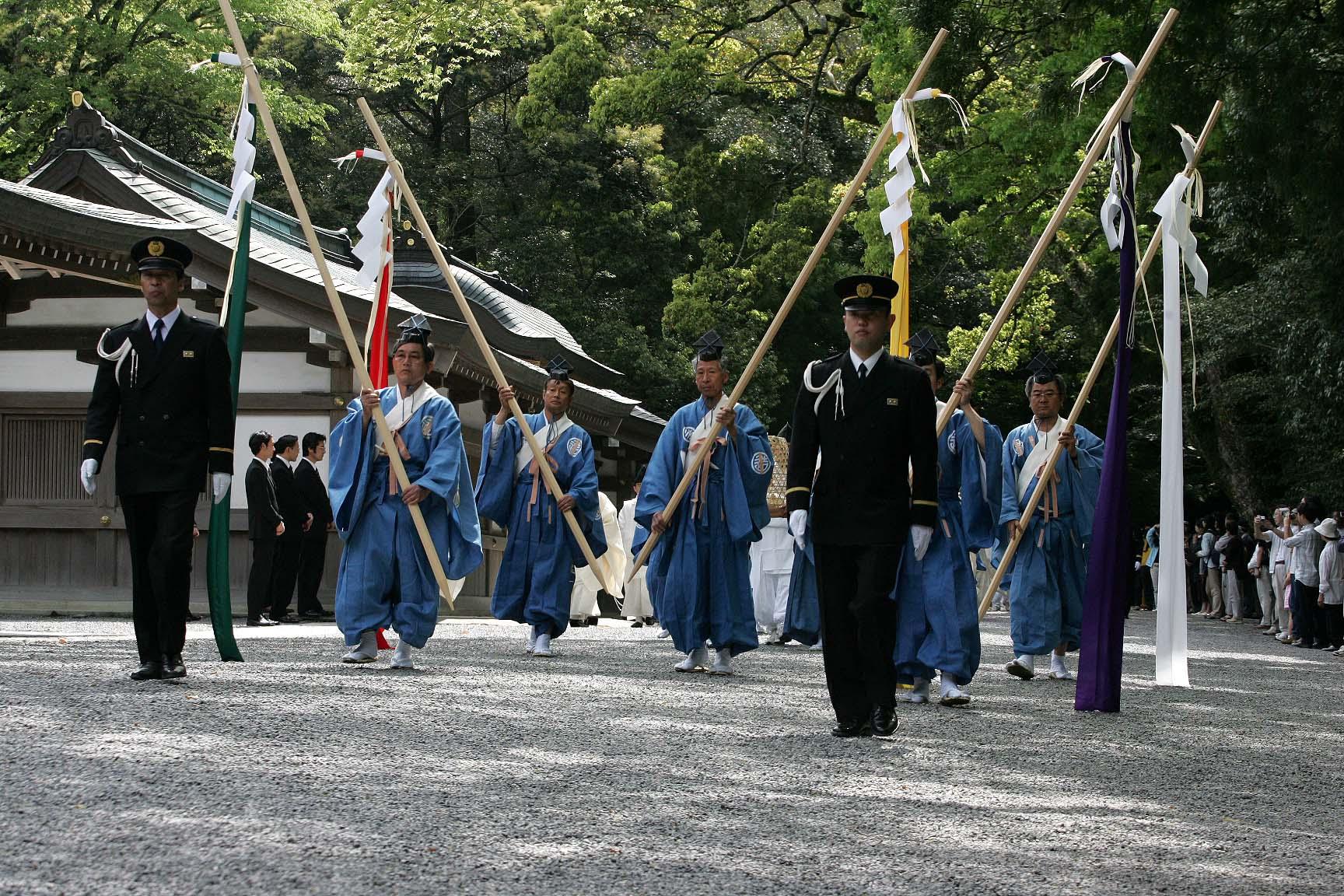
Yamaguchi-sai (May 2025)
The first rite of Shikinen Sengu.
A ceremony to pray for safety to the deity of the mountain from which timber for the shrine is taken.
Access for public viewing: Partial (worshippers can watch the procession on the shrine approach).
Misoma-hajime-sai (June 2025)
A ceremony at the formal cutting of the divine timber, to be held at Kiso, Nagano.
Timber for a container for the sacred relics is cut first.
Access for public viewing: Partial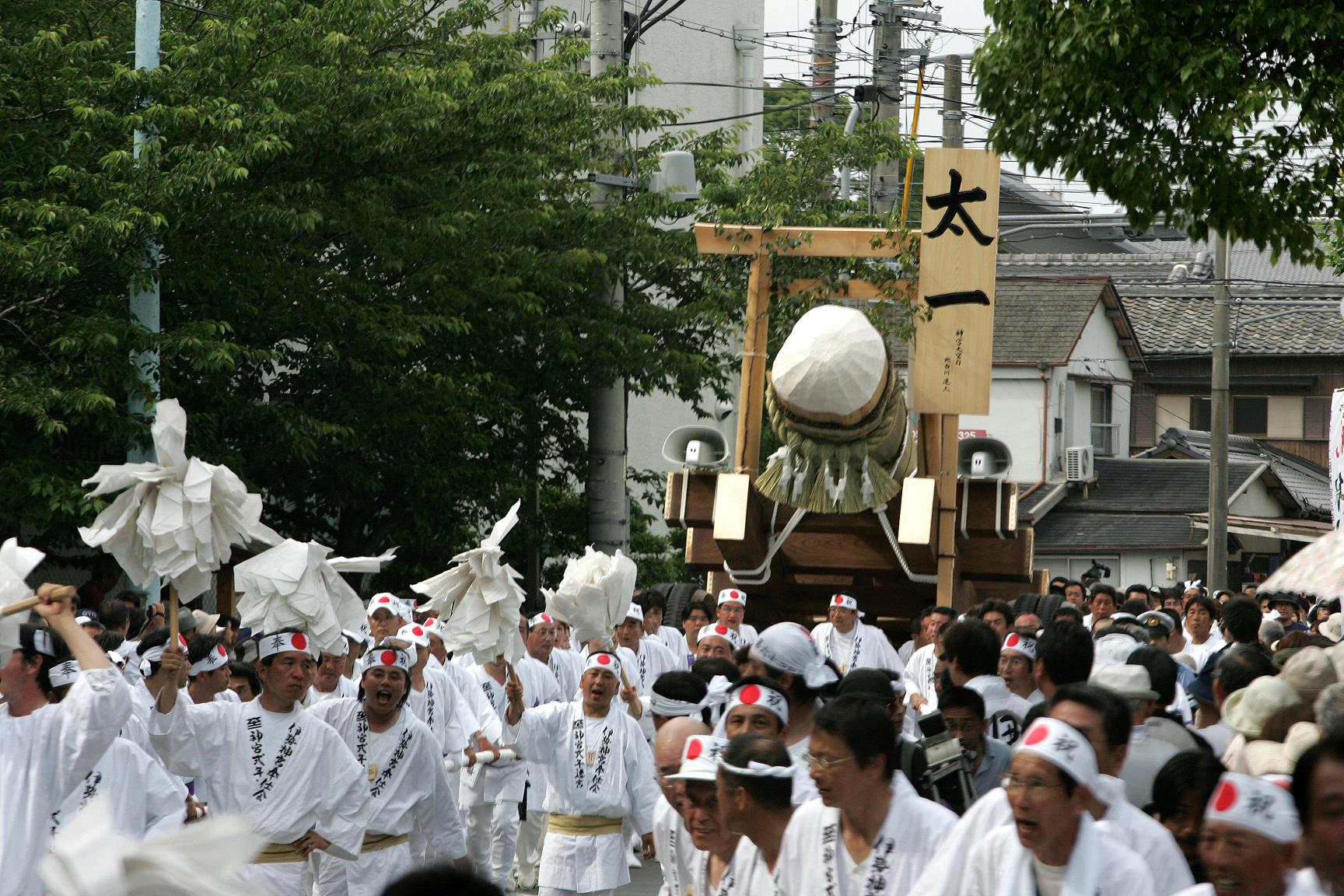
Mihishirogi-hoei-shiki (June 2025)
The rite of carrying timber for making the container for the sacred relics to the shrine site.
Access for public viewing: Partial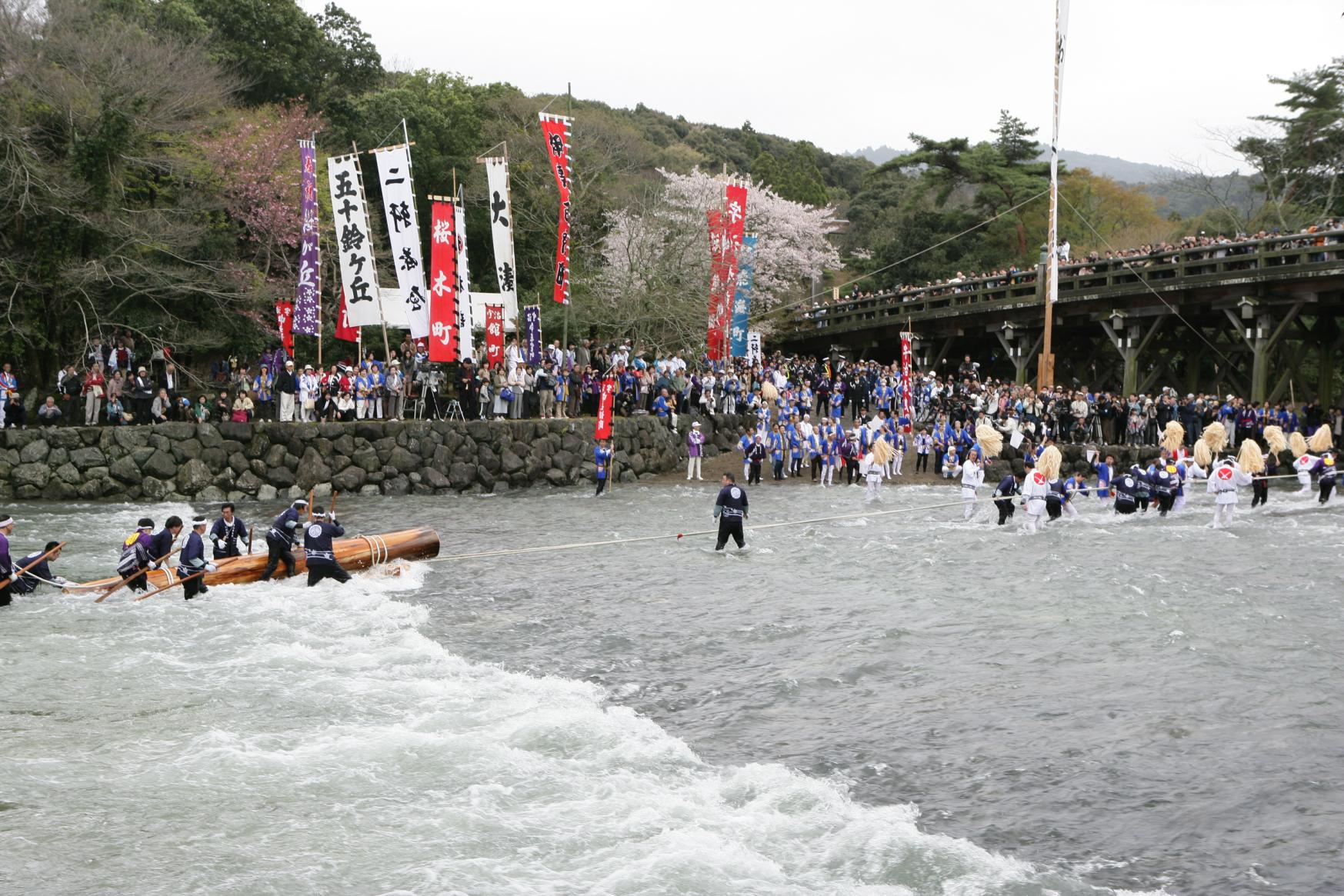
Okihiki Festival (May to July 2026)
The liveliest ceremony of the entire Shikinen Sengu event.
Fresh lumber is pulled to the shrine by residents of shrine estates and supporters from around Japan.
Access for public viewing: Partial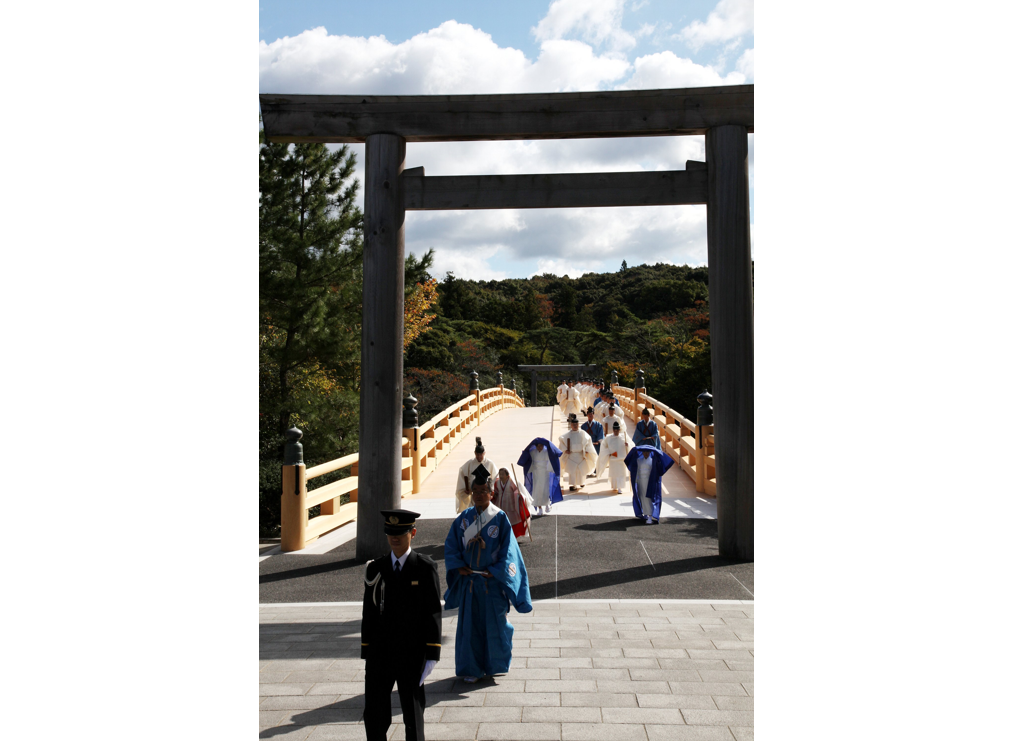
Ujibashi-watarihajime-shiki (November 2029)
A ritual celebrating the completion of the new Uji Bridge at the shrine entrance. Those associated with the rebuild and city residents are led across the bridge by bridge-crossing maidens (watarime) and three generations of married couples selected from across Japan.
Access for public viewing: Full (due to lack of viewing areas, viewing may not be possible)
Joto-sai (March 2032)
The most colorful of all the construction-related festivals.
Shrine priests and construction officials raise the ridgepole of the shrine by pulling on ropes.
Access for public viewing: Partial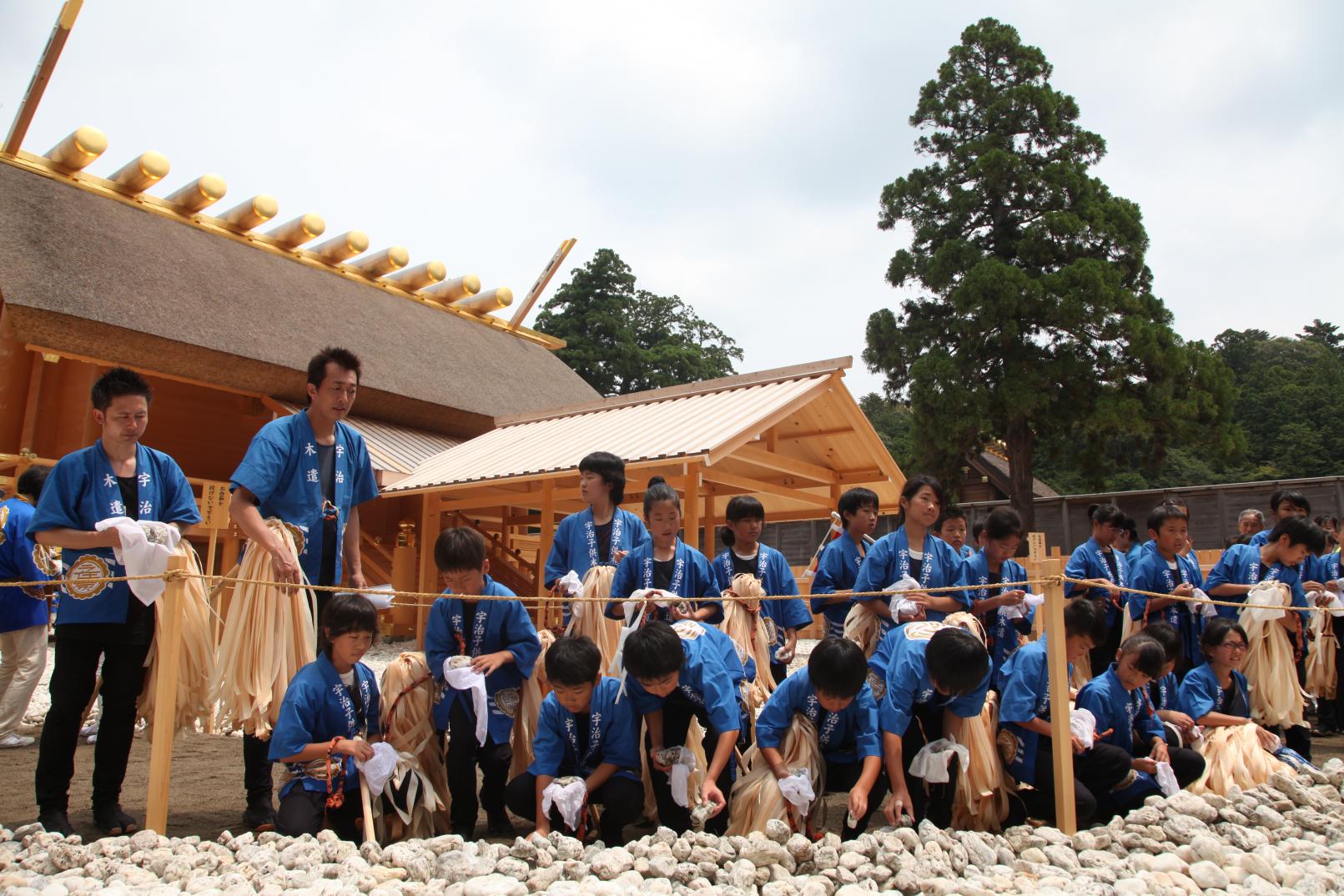
Oshirai-mochi Festival (July-August 2033)
Local Ise residents lay white pebbles around the new shrines.
Special shrine domain residents gather from around Japan and sing the traditional "kiyari" song for carrying heavy loads and cry out "Enya!"
Access for public viewing: Partial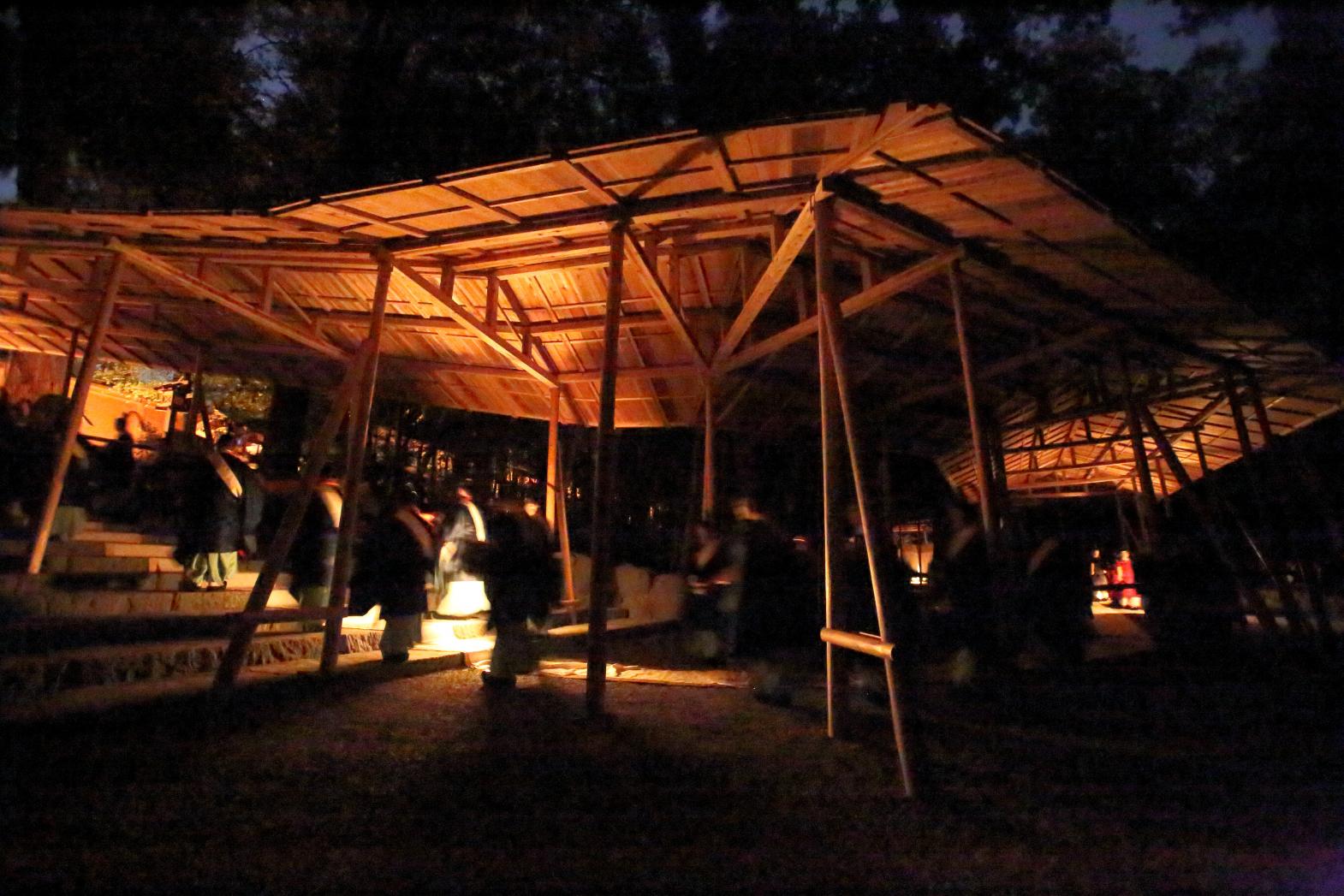
Sengyo (October 2033)
At the heart of Shikinen Sengu, the ritual transfer of deities from the existing shrines to the new shrines.
Access for public viewing: NoneMikagura (October 2033)
The final ceremony of the Shikinen Sengu rites.
Imperial Court performers dedicate a ceremonial "kagura" song and dance to the new shrines.
Access for public viewing: None
Why do they conduct such ceremonies at Ise Jingu?
The Parthenon temple is built of stone, the Eiffel Tower is forged of iron, and all structures weather and change shape with the passage of time.
However, through the periodic rebuilding/regeneration of the Shikinen Sengu, Ise Jingu has remained timeless and absolute for over 1,300 years.
In short, by "changing to remain unchanged," Ise Jingu has achieved a kind of permanence.
Is Shikinen Sengu truly sustainable?
Regardless of how pleasant it must be for the gods, don't you feel it may be less than sustainable to "rebuild again and again"?
But looking into the matter further, nothing could be more sustainable than Shikinen Sengu. Whether it is the achievement of the Sustainable Development Goals (SDGs) or recycling, this is a very thoughtful tradition. Long before the adoption of the SDGs in September 2015 (nearly 100 years before), a plan to reach the final goal of the Shikinen Sengu being fully self-sufficient in timber continues to this day, beginning with the initiative to grow the trees for the sacred cypress (hinoki) in local districts.
As such, this tradition is at the cutting edge of preserving the natural environment.
Moreover, the old shrine structures and torii gates are not simply disposed of. Rather, they are recycled time and again as they are moved to other shrines, with no timber going to waste.
Facilities for learning about Shikinen Sengu
Of course, nothing is better than attending each ritual, but if you are visiting from overseas, it may be hard to schedule. The following facilities are highly recommended to gain a sense of the atmosphere of each ceremony or to view past records.

Sengukan Museum
View moreThis museum aims to preserve Japanese traditions and culture through its Shikinen Sengu exhibition.
The content ranges widely from outlining each ceremony to the process of producing the sacred apparel, furnishings and divine treasures to be placed in the new shrines.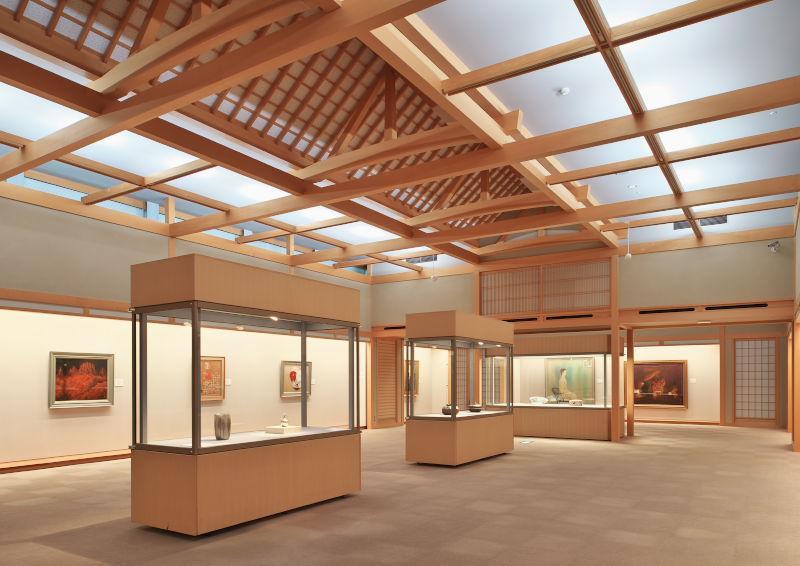
Jingu Art Museum
View moreThis museum houses the skillful works by contemporary artists and artisans delivered for Shikinen Sengu.
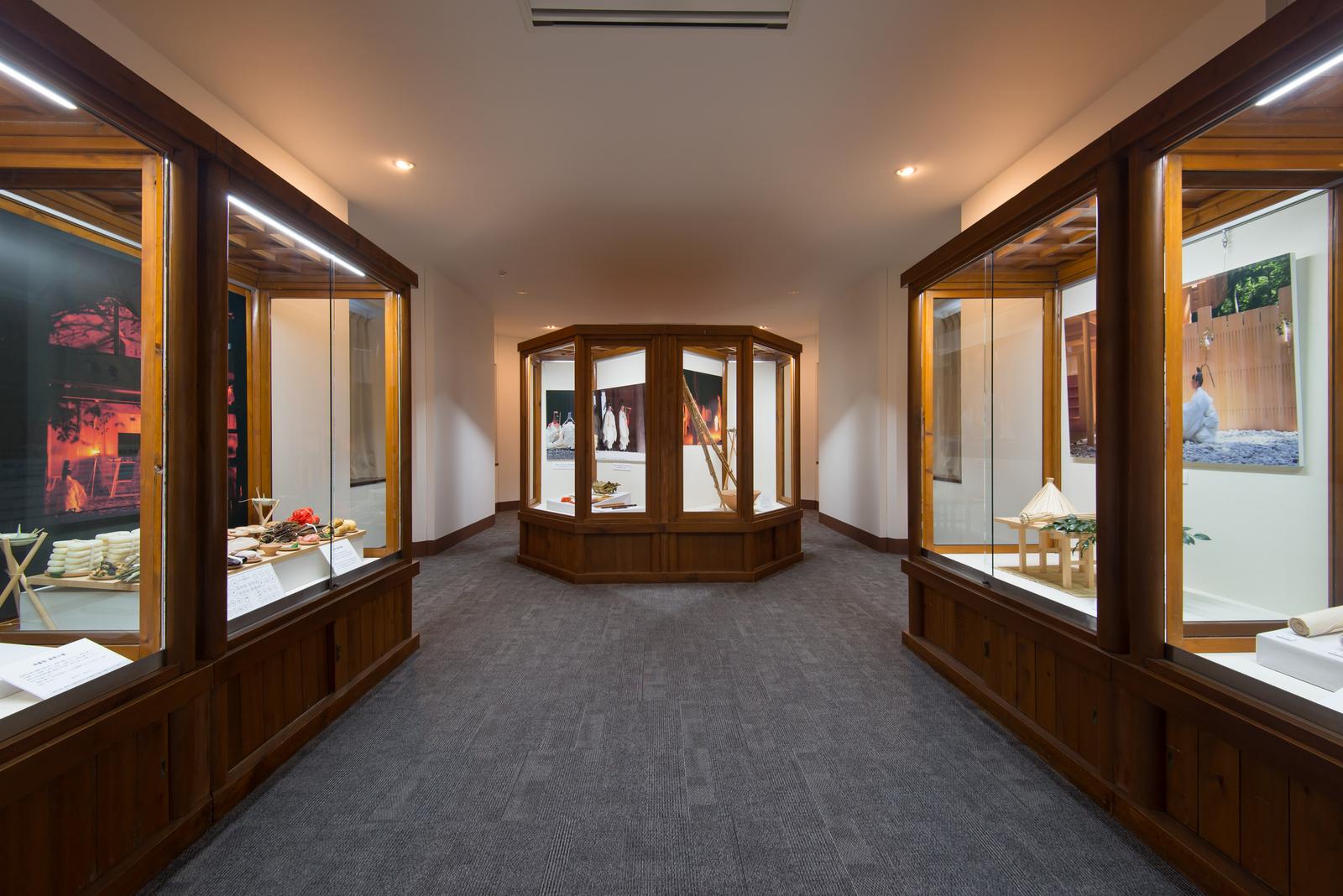
Jingu Choko-kan Museum
View moreA general museum for the history of Jingu.
It has exhibits of precious items including the specially crafted sacred apparel, furnishings and divine treasures to be placed in the new shrines at each Shikinen Sengu.
Column
Column: Architectural style of Expo 2025 Main Pavilion resembles that of Ise Jingu
Coinciding exactly with the Shikinen Sengu, Expo 2025 Osaka, Kansai, Japan will draw a lot of tourists starting next year.
It turns out, the design of the Main Pavilion has a surprising amount in common with Ise Jingu...!?
Iseshima and Osaka are connected by a single train service, making this a very accessible destination. Visit both and see if the claim is true.


